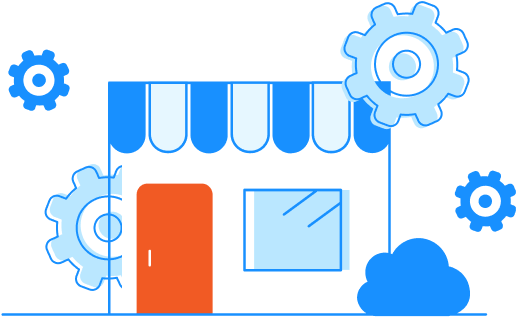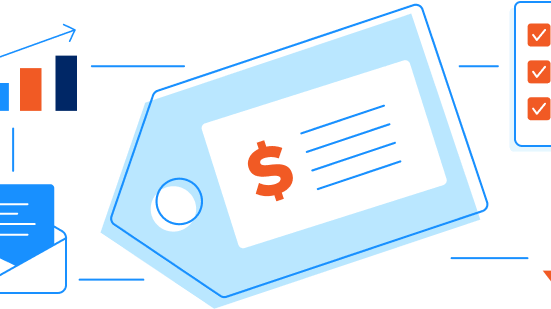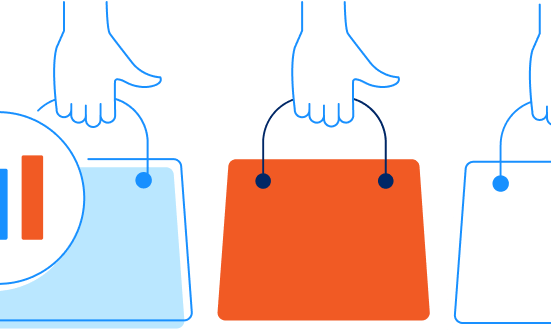Home
Learn From The Commerce Execution Leaders.
Latest Articles
Optimizing Retail Strategy: Balancing Data Collection with Actionable Insights
Implementing technology solutions in retail environments presents several challenges, particularly in balancing the volume of data a brand wants to.
- by Mollie Panzner
- April 23, 2024
Win the Digital Shelf with Digital Shelf Optimization
In eCommerce, winning the digital shelf isn’t just about being visible; it’s about mastering the art of digital shelf optimization..
- by Mollie Panzner
- April 22, 2024
Popular Topics
Browse Our Guides

Brand Management: How to Create a MAP Policy, Implement MAP Monitoring, and Protect Your Brand

Editor's Choice
News From Wiser



































